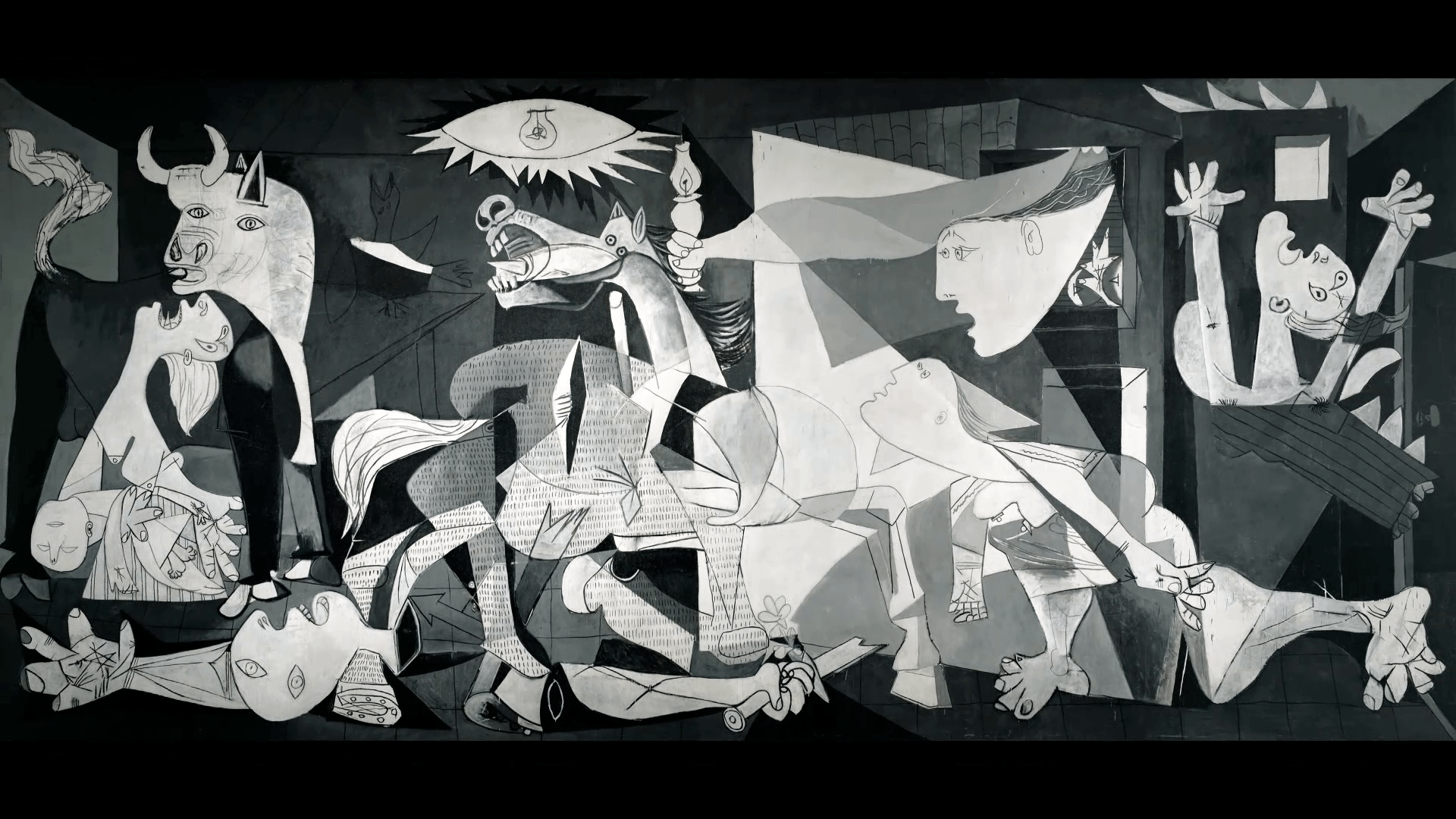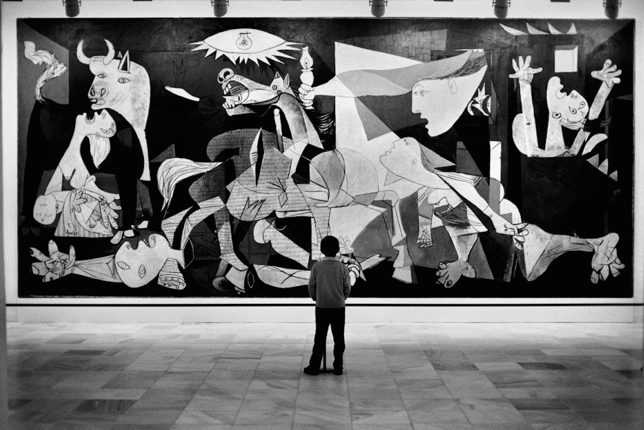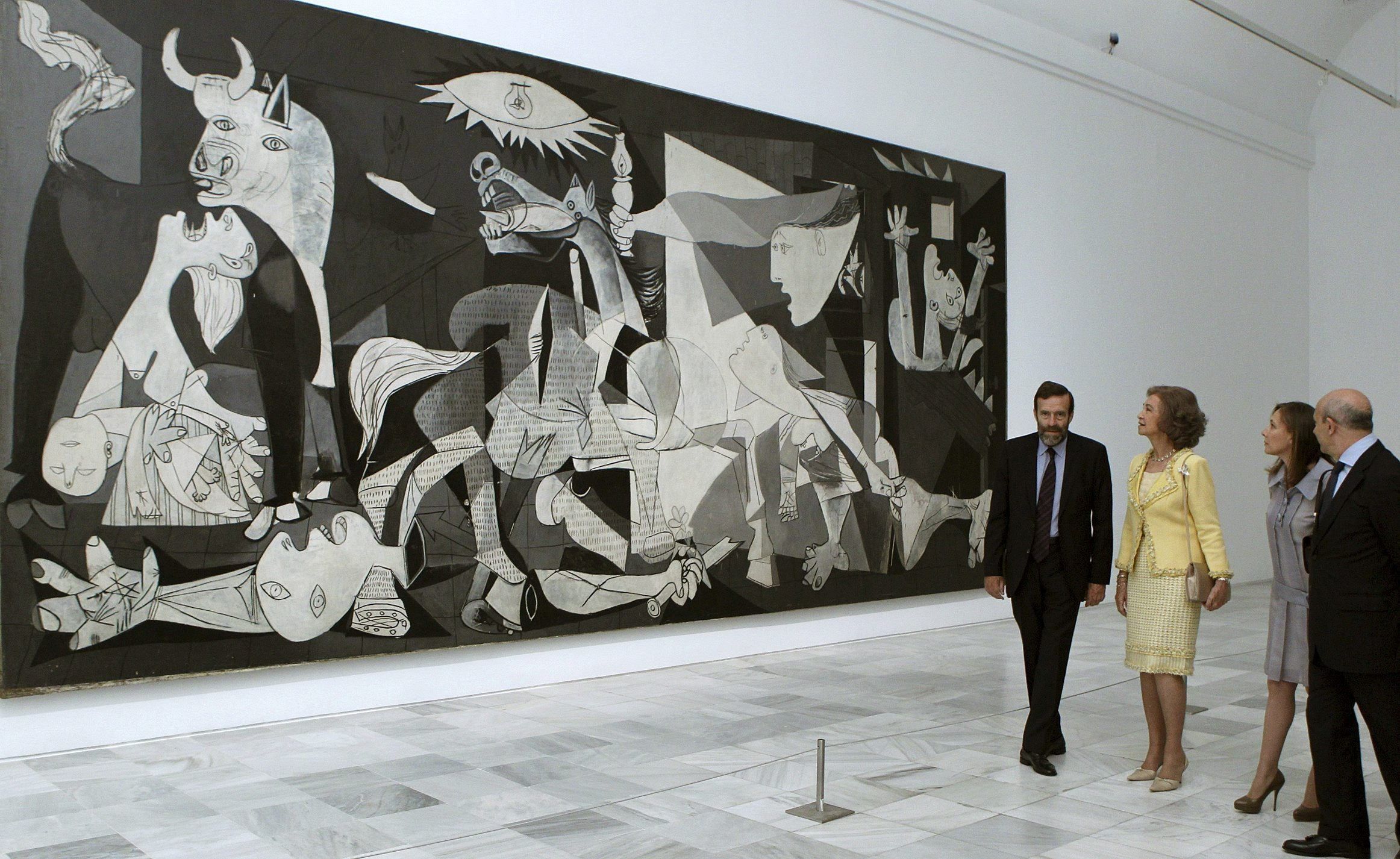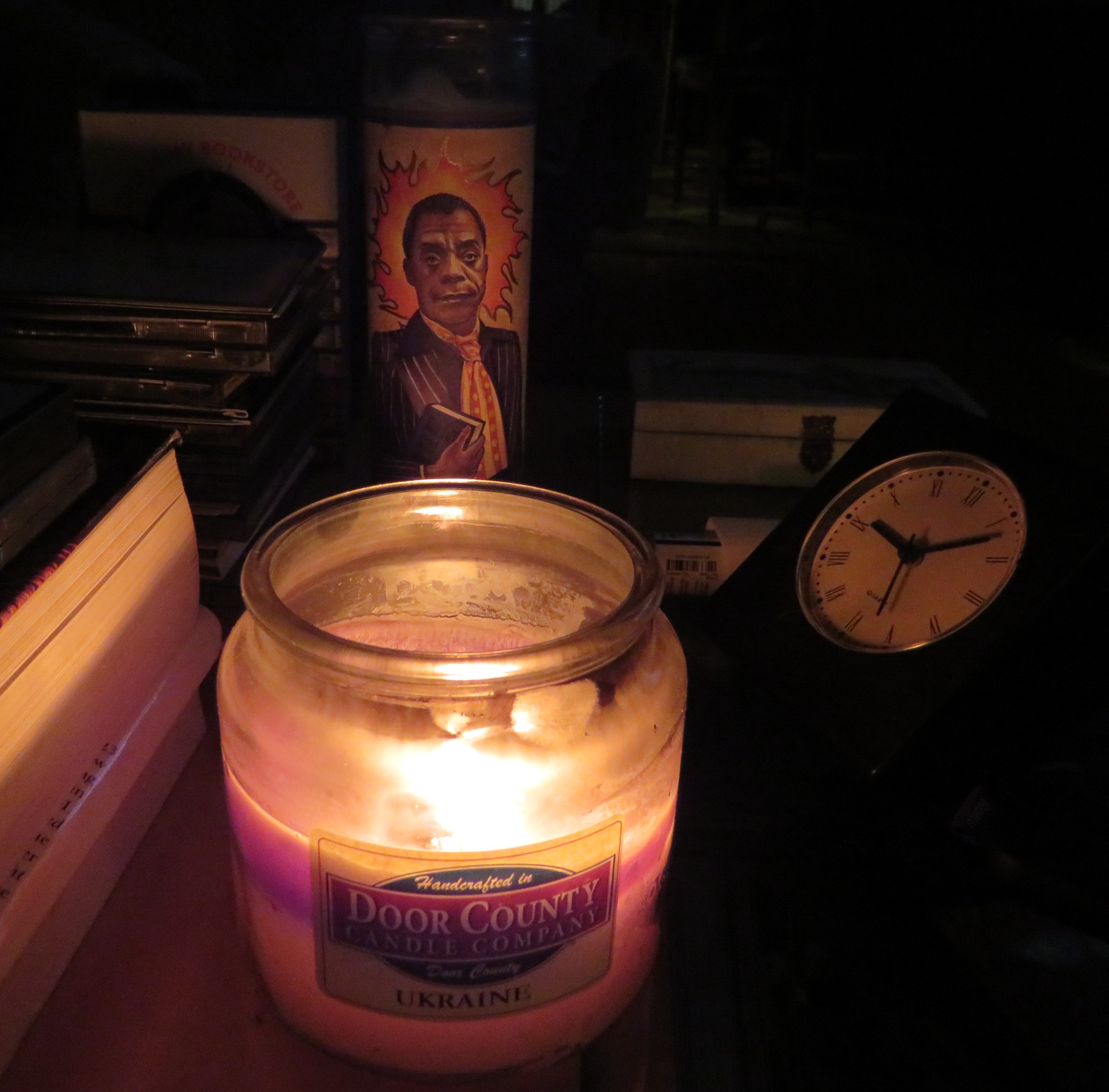

Pable Picasso, “Guernica,” 1937, 3.5 meters (11 feet tall), by 7.5 meters (25.6 feet wide)
__________.
There is a signpost up ahead…
No, it’s much bigger than a signpost. It’s Picasso and his “Guernica,” a cry to the heavens for the horror of inhumanity on earth. Back after the world war that his great mural painting signified, they had said “never again!”
Again, decades later, we face bloody war crimes, in Ukraine and perhaps in both Israel and Palestine. These troubled times call for cultural signifiers to spur enlightenment and activism that inflame power and passion towards righteousness. I recently posted a blog about the Door County Candle Company, which has manufactured countless candles with the Ukrainian colors, with all proceeds going toward humane support for Ukraine, administered by Razom for Ukraine, a Ukrainian 501 (c)(3) organization. It’s a way to concretely help the people survive, and to hold a flame of support. To date, the candles have raised over $1 million.
But this blog is about raising consciousness, in my humble way, whenever possible.
History is perpetually our guide; thus, we might best look back to the extraordinary imagery of Picasso’s mural painting “Guernica.” It remains a visual epic about the first time that civilians were ever mass-murdered by air warfare in 1937.

And oh, how our current times echo death cries across ravaged homes and cites, down the desolate hallways of history. For that, Russia’s Vladimir Putin stands facing the wind, and judgement’s coldest eye.
No work of modern art, and perhaps none in history, has conveyed such powerful war experience as has “Guernica,” though Goya’s war paintings come to mind. The current war prompted me to delve back into Picasso’s War: The Destruction of Guernica, and the Masterpiece that Changed the World by Russell Martin. 1 Aside from powerful descriptions of the making of “Guernica,” Martin’s book brilliantly encompasses the cold-blooded shamelessness of Spanish dictator Francisco Franco, and the Nazi commanders who led the Luftwaffe air forces, and watched, from a safe distance, the destruction of the ancient Basque town.
The book delves into horrifying details of the ruthlessness of Nazi airplane pilots. As one survivor recalls “from the ground I saw a woman I knew, a neighbor, stand up and shout into the sky, ‘You bastards, there are innocent people down here!’ A plane dove toward her, and I could see the pilot, his face. And I’ll never forget his horrible goggles. Tat-tat-tat-tat! He killed her with his machine gun. I made it to the woods, where we waited three and a half hours.”
Later, “when I was brave enough to walk home…Our farm was destroyed. They had bombed our farm, our farm, and we were left with nothing.”
Lord knows, comparable stories have played out recently in Ukraine many times over.
As for the proper role of art, Picasso explored a vast array of visions, techniques and styles over his long, protean career. But when times called for it, he declared:
“What do you think an artist is? An imbecile who has only eyes, if he is a painter?…
No, painting is not done to decorate apartments. It is an instrument of war.”
Even more famously, he recounted to Newsweek magazine the day when a German army officer had recognized a sketch of “Guernica” pinned to the wall of his studio. The officer had asked him, “Did you do that?”
Picasso coldly had replied, “No, you did.”
______________
1 Russell Martin, Picasso’s War: The Destruction of Guernica, and the Masterpiece that Changed the World, Dutton, 2002, 44


